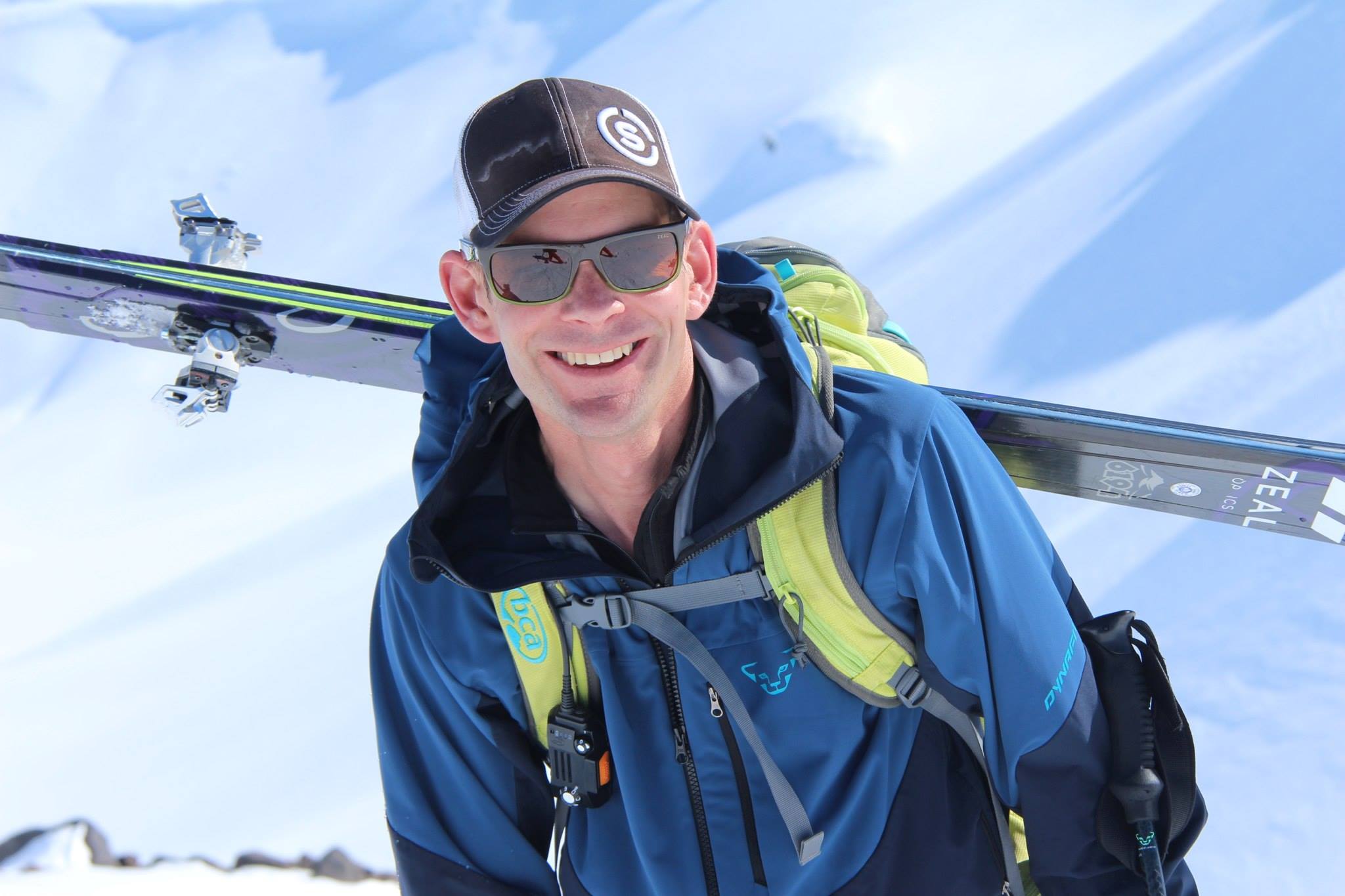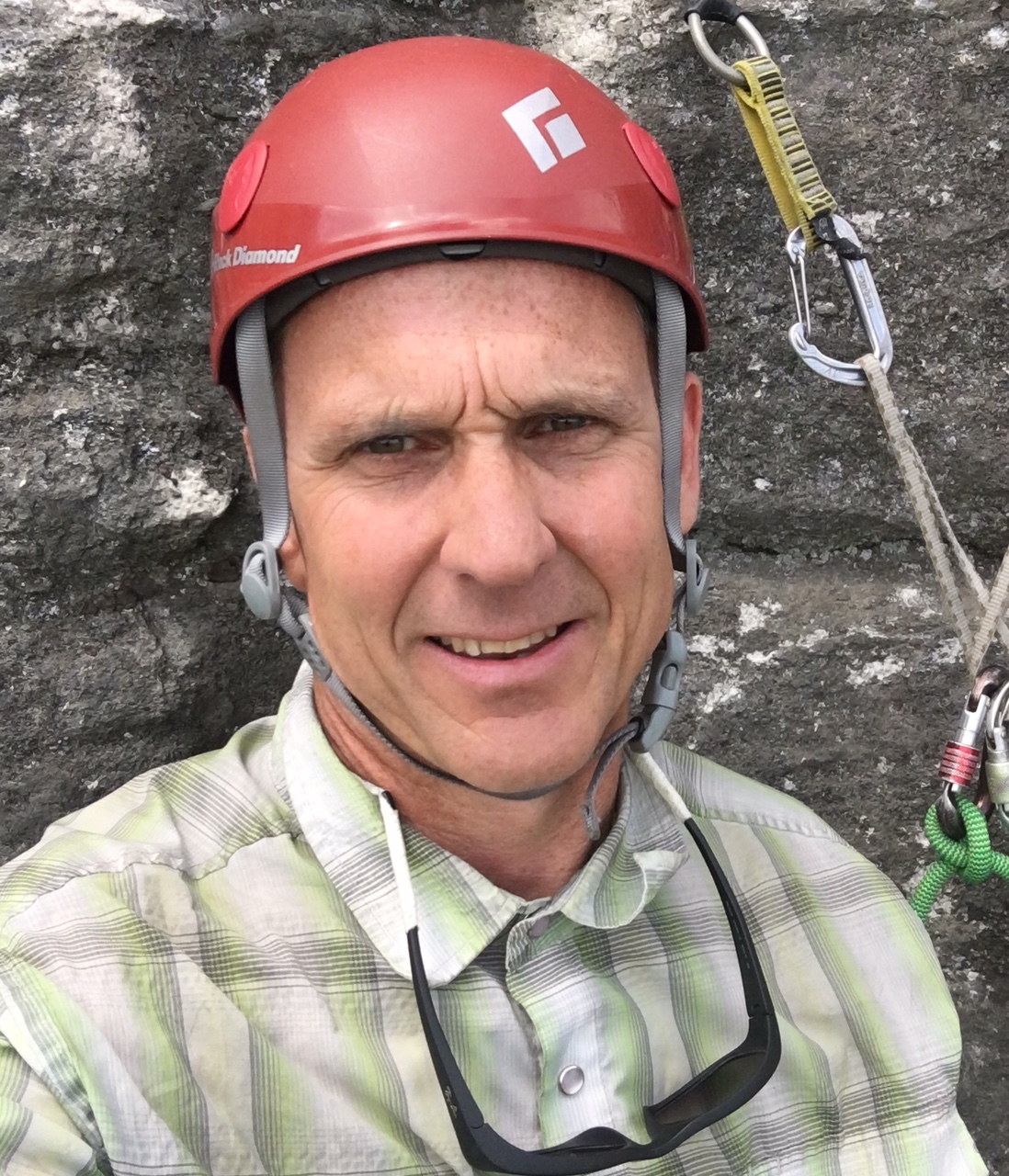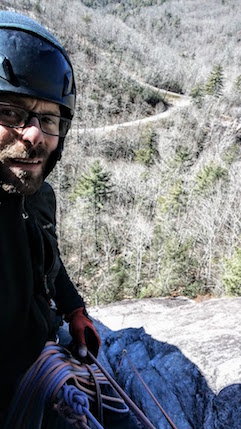AMGA Instructor Team Member Geoff Unger Reviews the CAMP Tricam Evo
Throughout a 20-year climbing career, the Tricam has been a bit of a niche piece of gear for me. That said, I have used it extensively where no other piece of gear would work. In aid climbing, they can be a lifesaver. In traditional rock climbing, there is no better piece of gear in horizontal cracks and solution pockets. Another application for Tricams is in alpine climbing when there is a parallel sided-crack with verglas coating the rock—Tricams can bite where traditional cams would skate out of the crack.
My first impression of the TriCam Evo was, “What a great innovation!” CAMP has added a tapered aspect to the original, making it much better as a passive chock. Initially, I was skeptical about the stiffer webbing while using the Tricam Evo in horizontals, but it proved to make them much easier to place and remove. In addition, the stiffness did not seem to affect the placement: Though I was initially concerned about increased walking of the piece due to the more rigid material, this turned out to be a non-issue and in fact made the piece much easier to remove. Ease of removal is especially important for clients who need coaching to remove these.
Like with stoppers and cams, the size has a big impact on strength. The Dark Blue (.25) should probably be used as a piece of protection mid-pitch or significantly backed up by other pieces if incorporated into an anchor. Everyone talks about the Pink one being the best size, and that is no exception with the Evo, but the Red and Brown are equally good especially given the expanded versatility of the tapered head.
Traditionally, I’ve only carried Tricams on certain routes and for specific applications. The Gunks is a prime example of where Tricams are indispensable. With the advent of the Tricam Evo, I will definitely be carrying them more. The weight and the tapered head are great. Where overall weight of the climbing rack is important in the alpine, the Tricam Evo can replace larger stoppers with added range, including active and passive placements. CAMP has succeeded in making a great tool even better.
Tech/Features
•From CAMP’s website: “Features new, stiffer sewing on the slings for easier one-handed placement and extraction”
Weights:
Weights:
•Dark Blue (0.25) – 17 g, 0.6 oz
•Pink (0.5) – 29 g, 1.0 oz
•Red (1.0) – 37 g, 1.3 oz
•Brown (1.5) – 57 g, 2.0 oz















